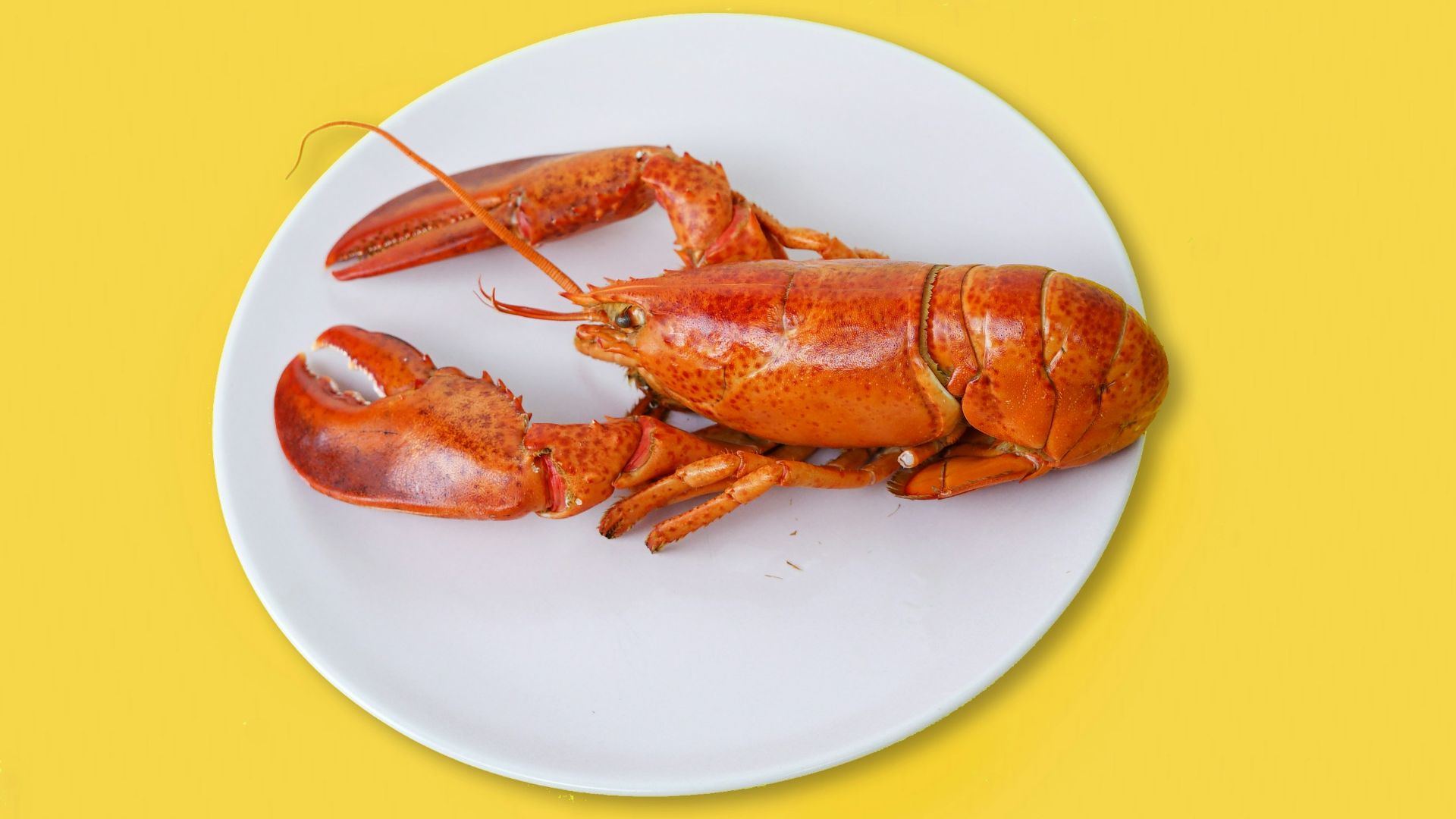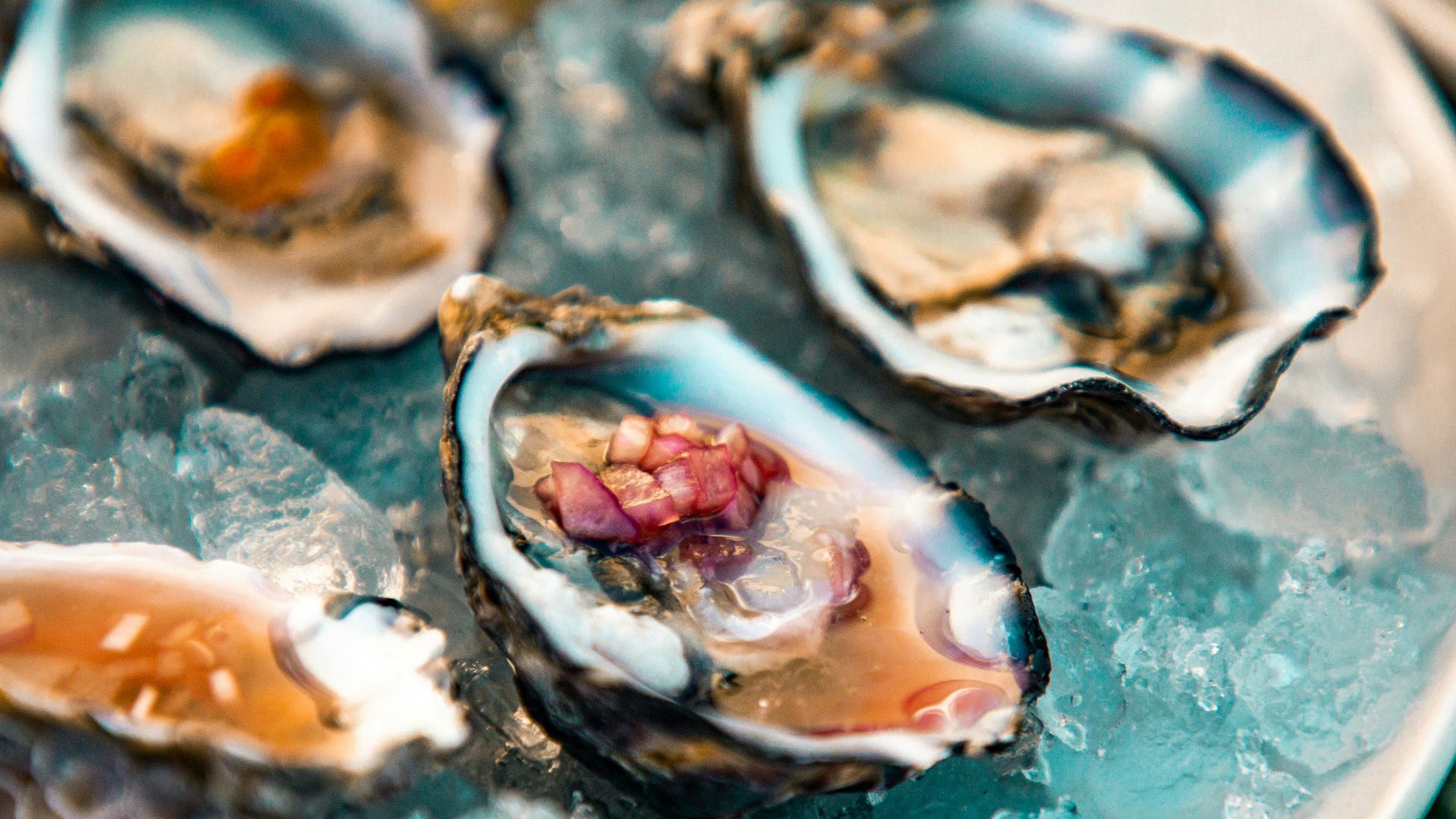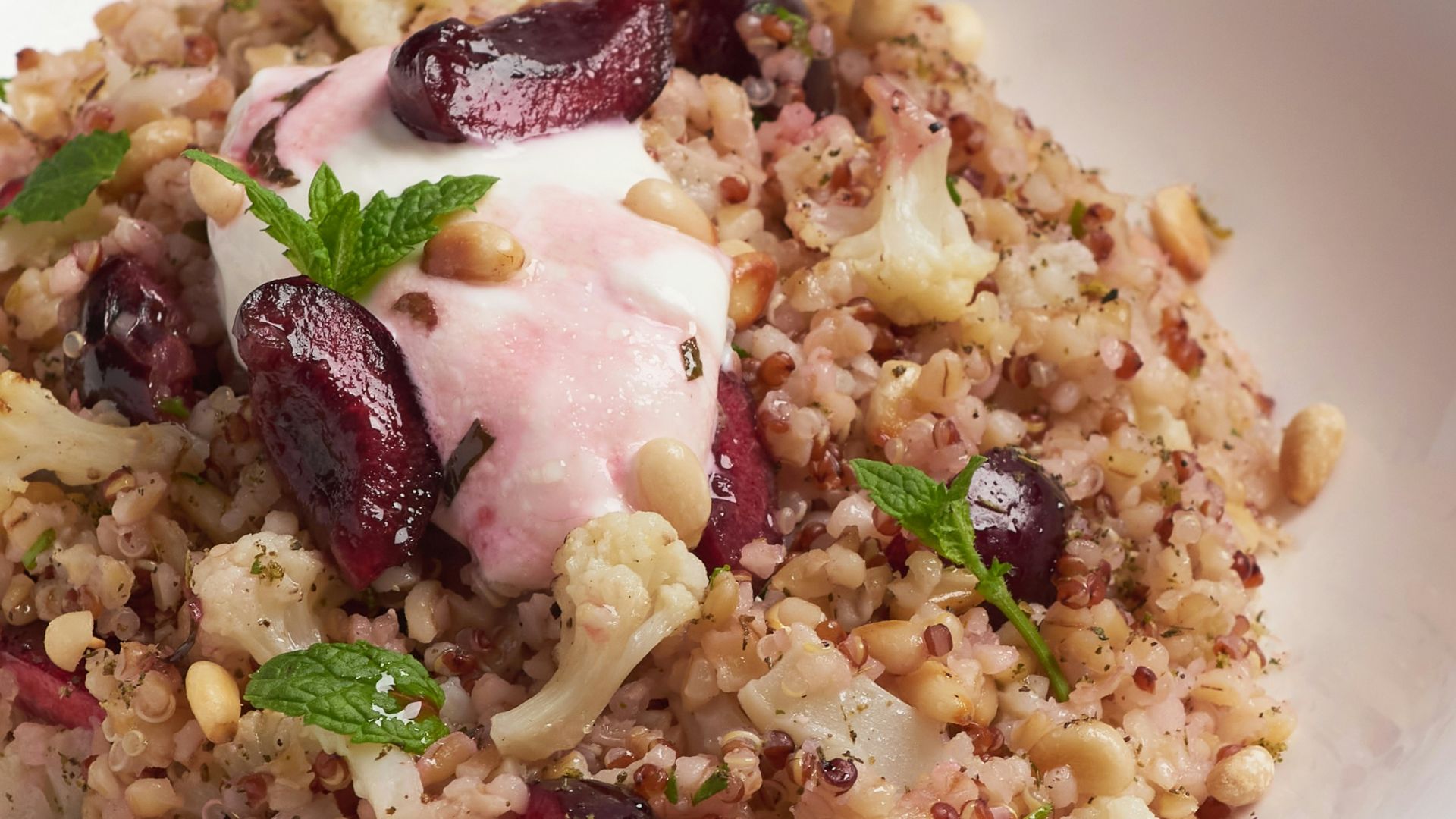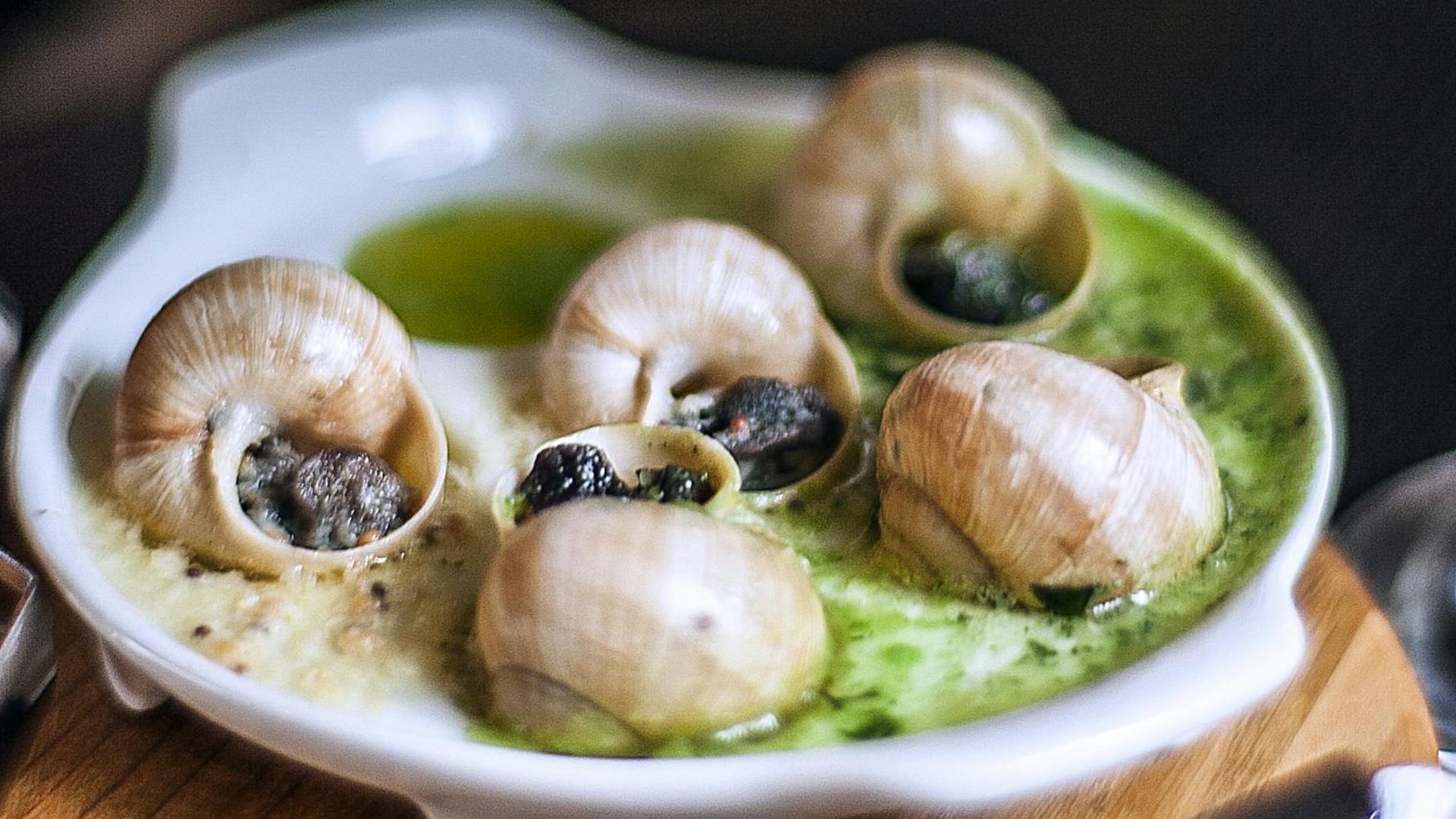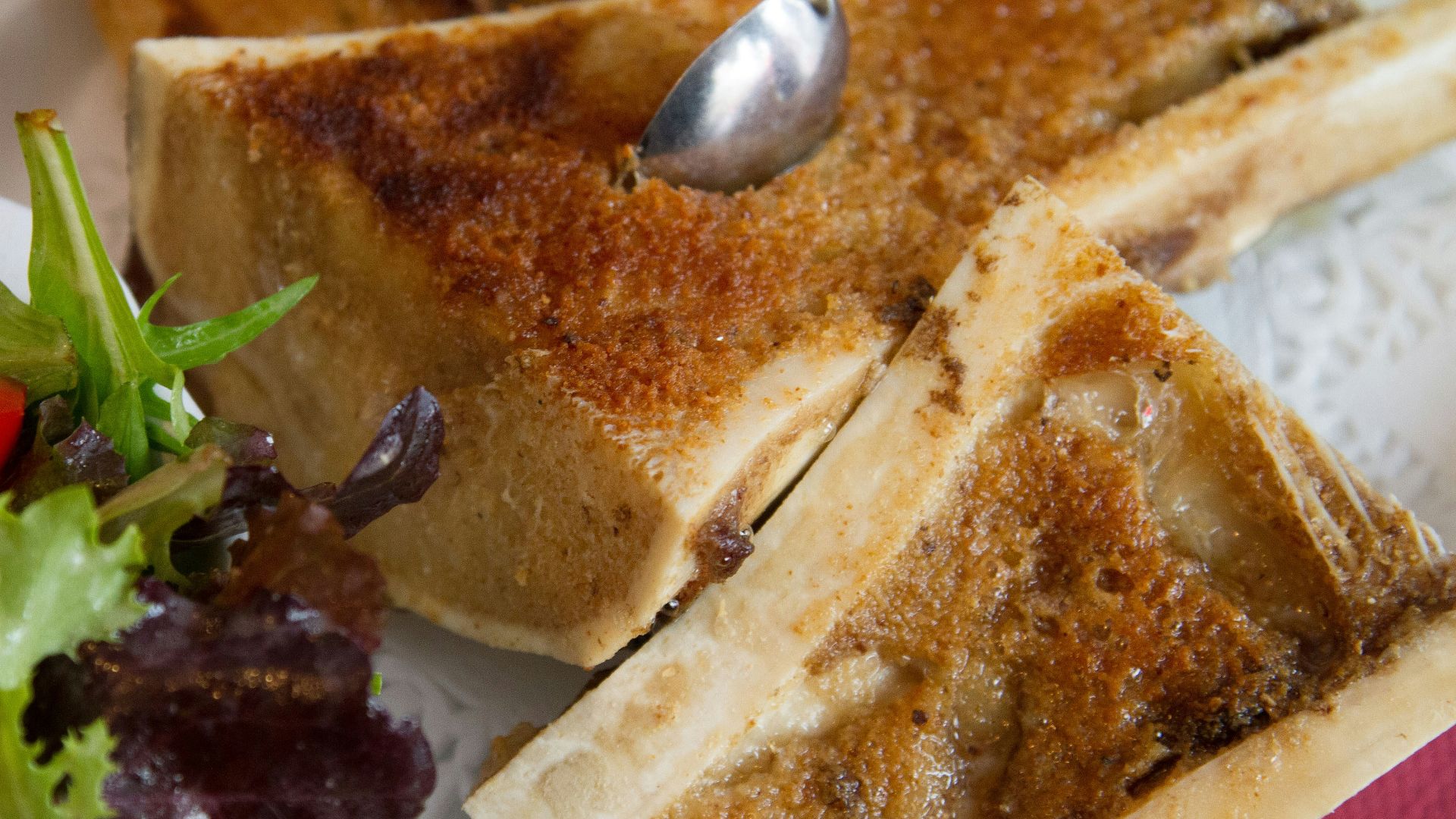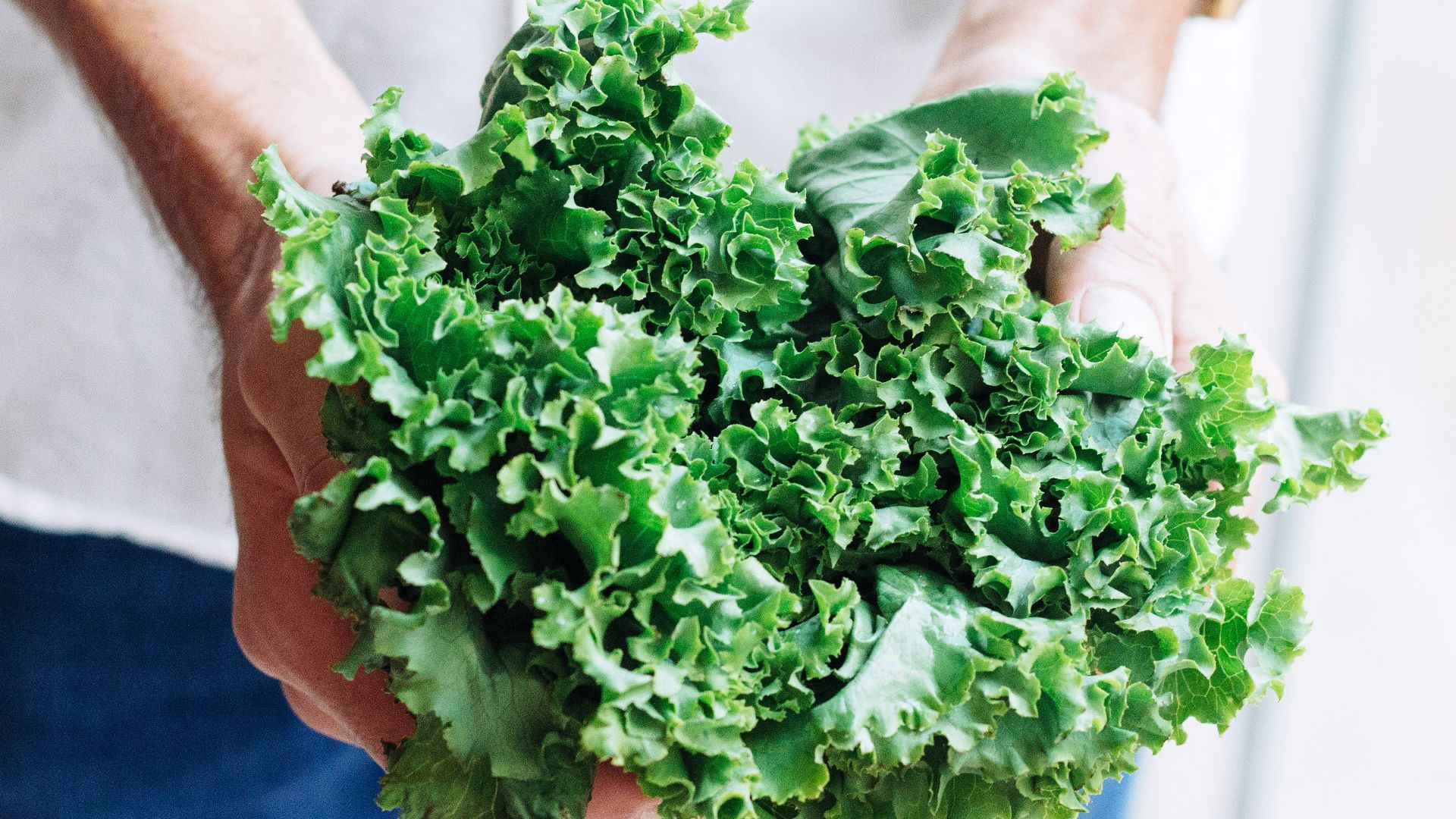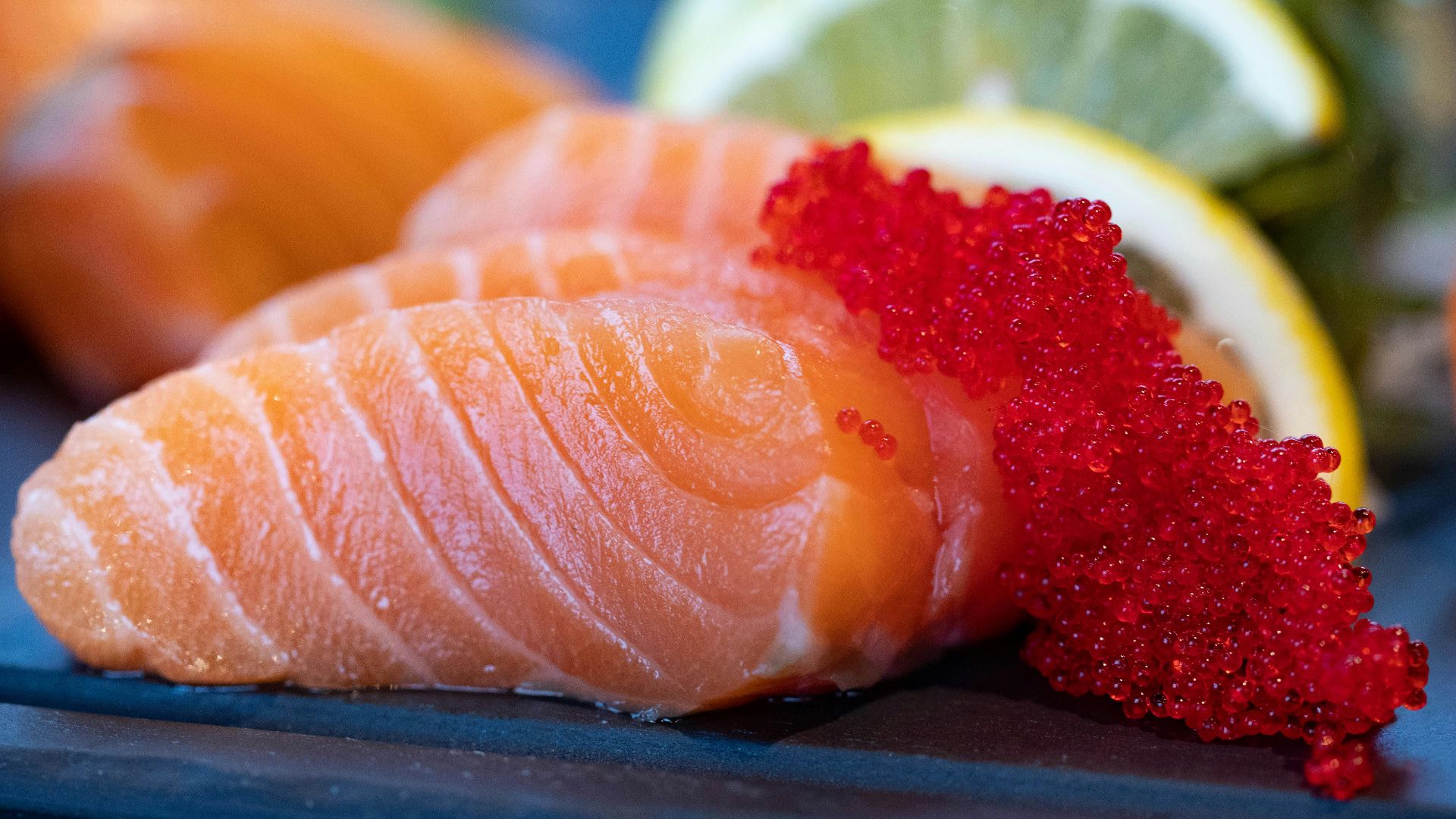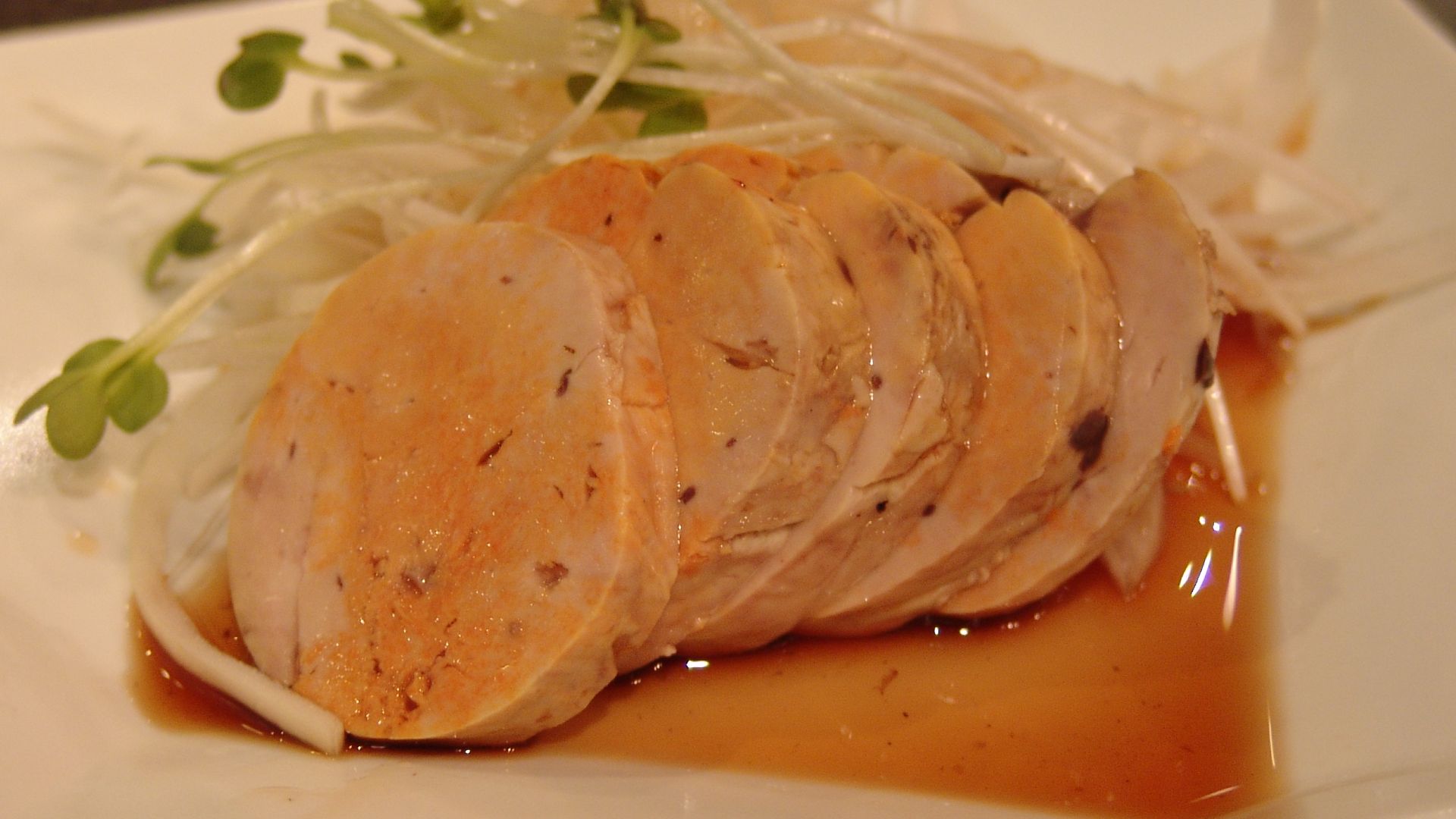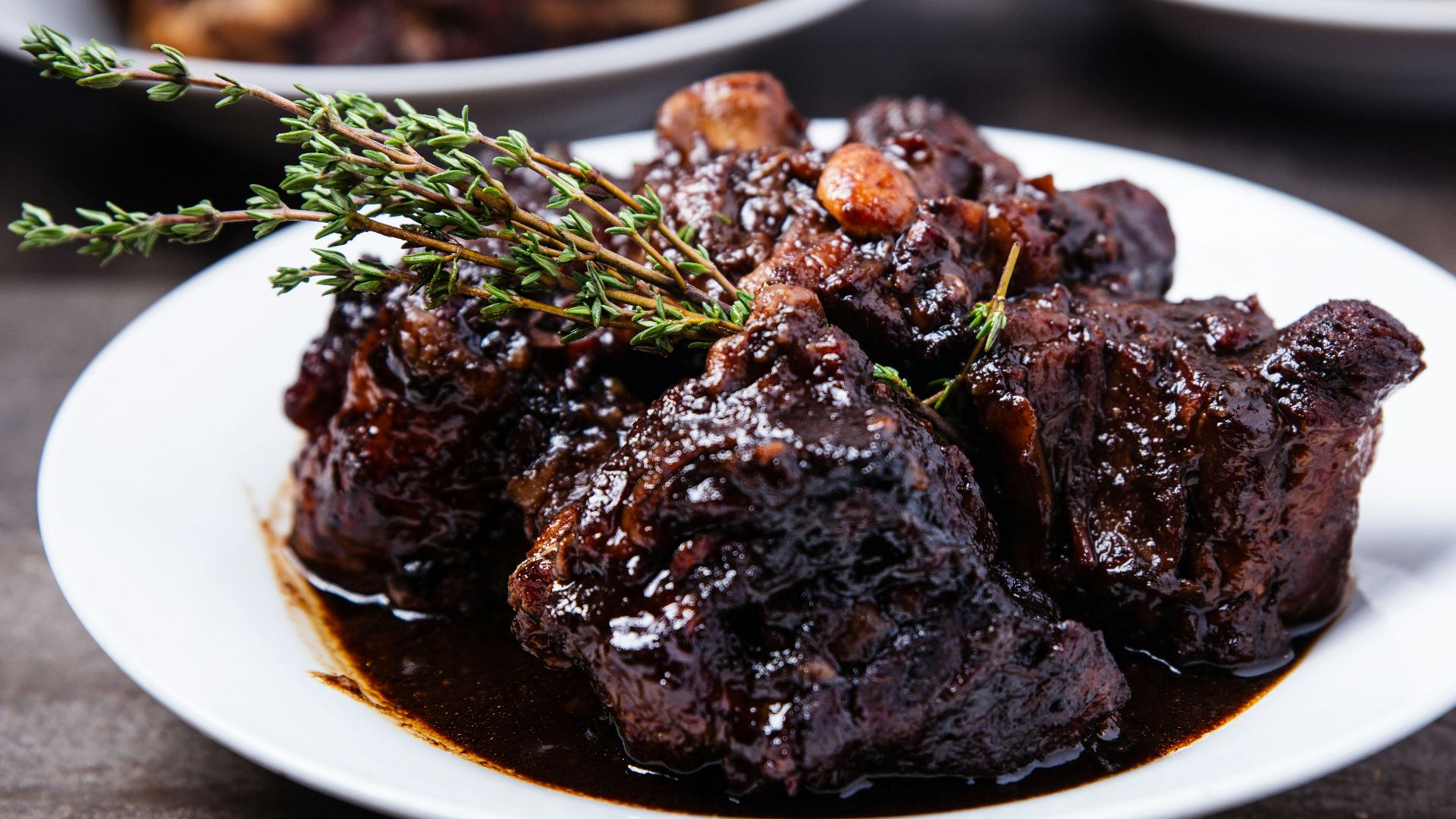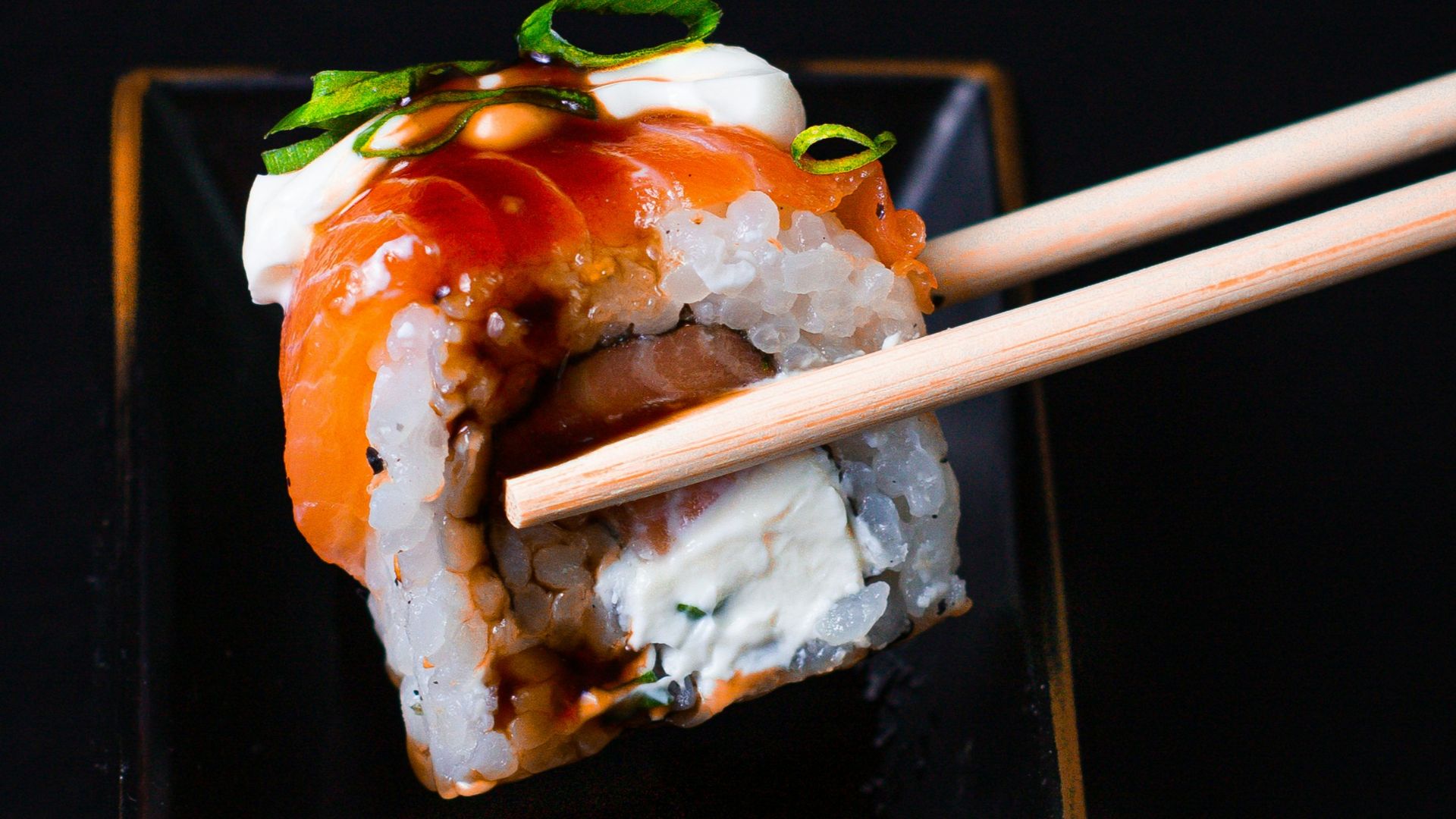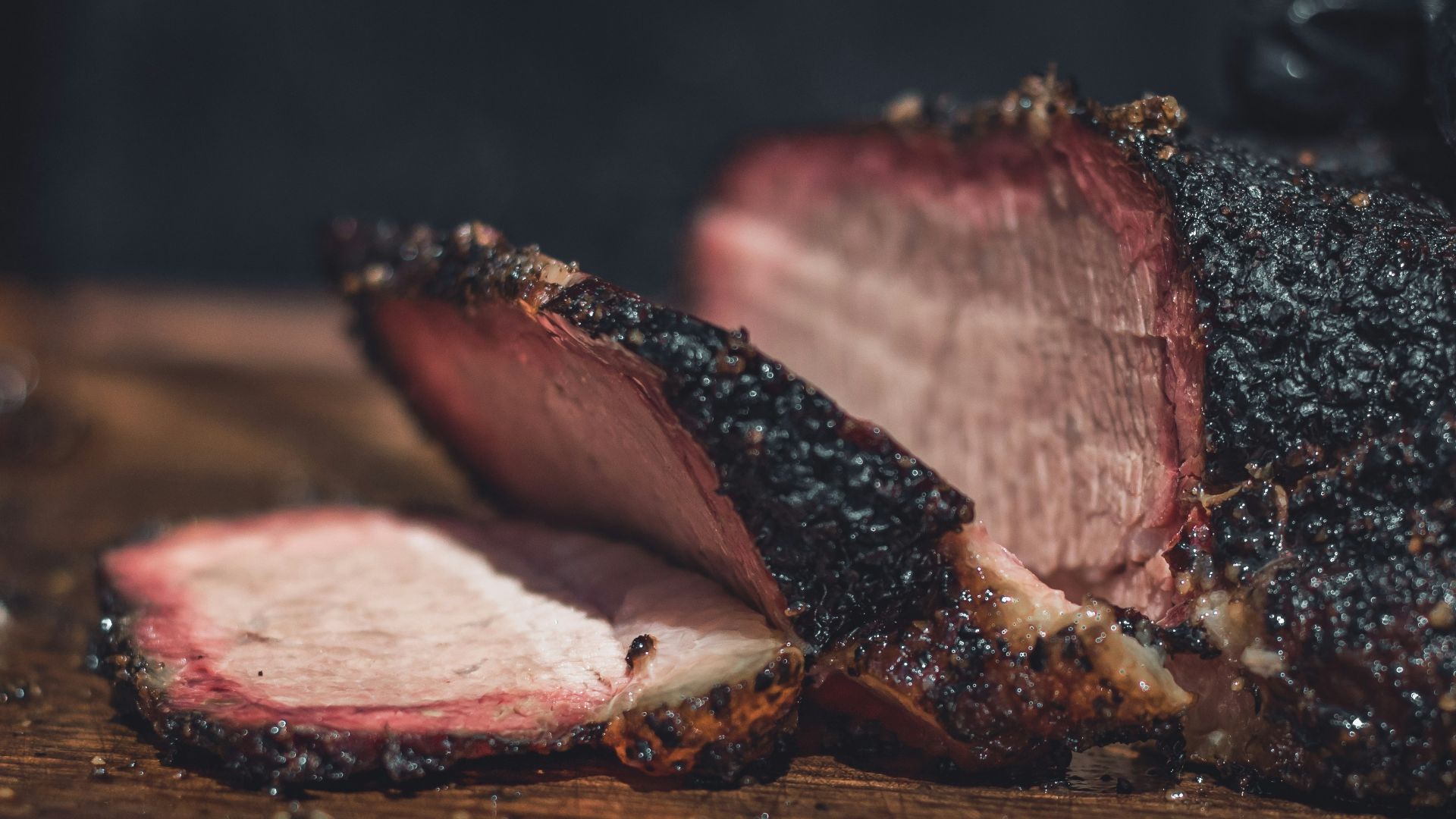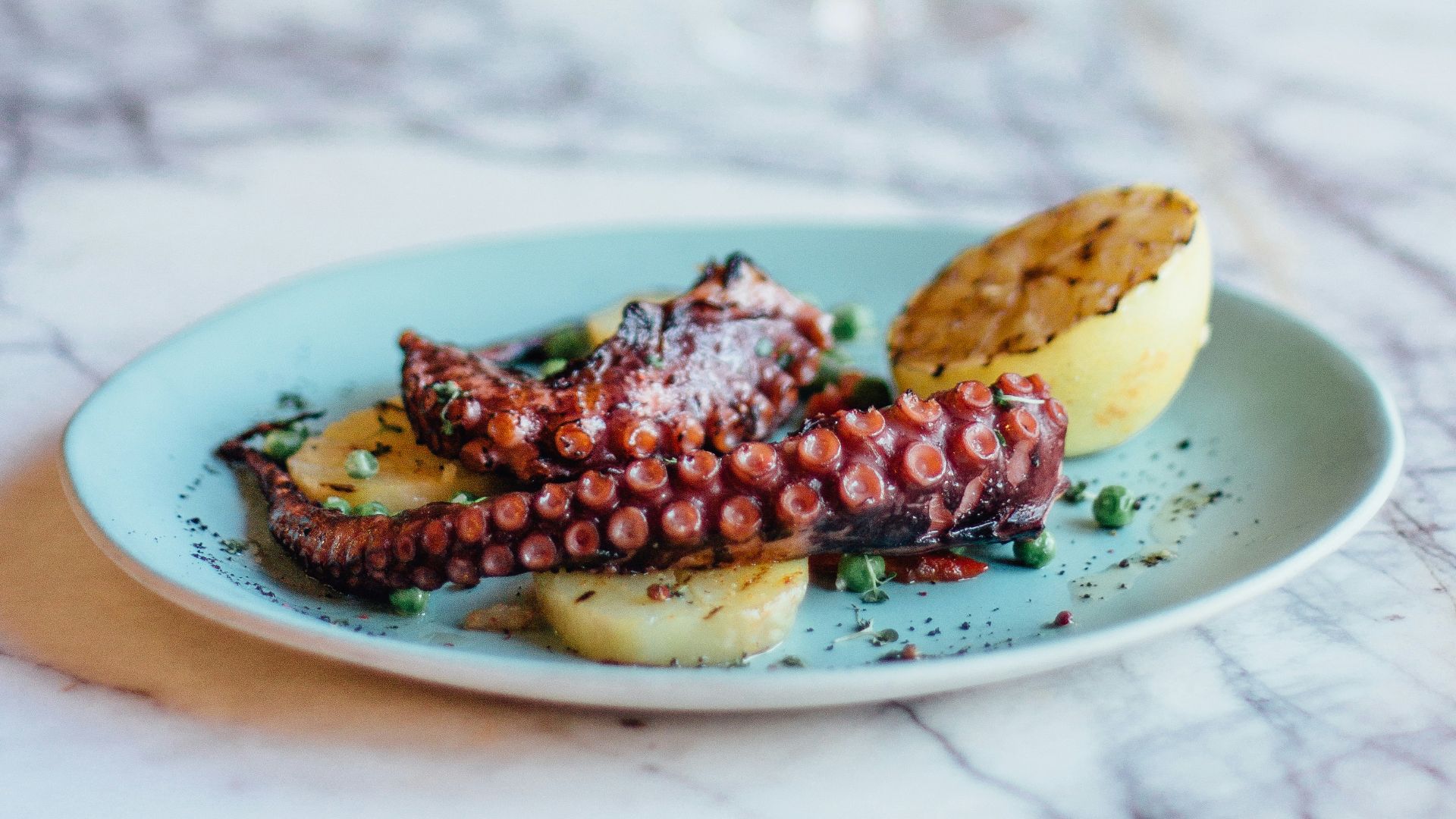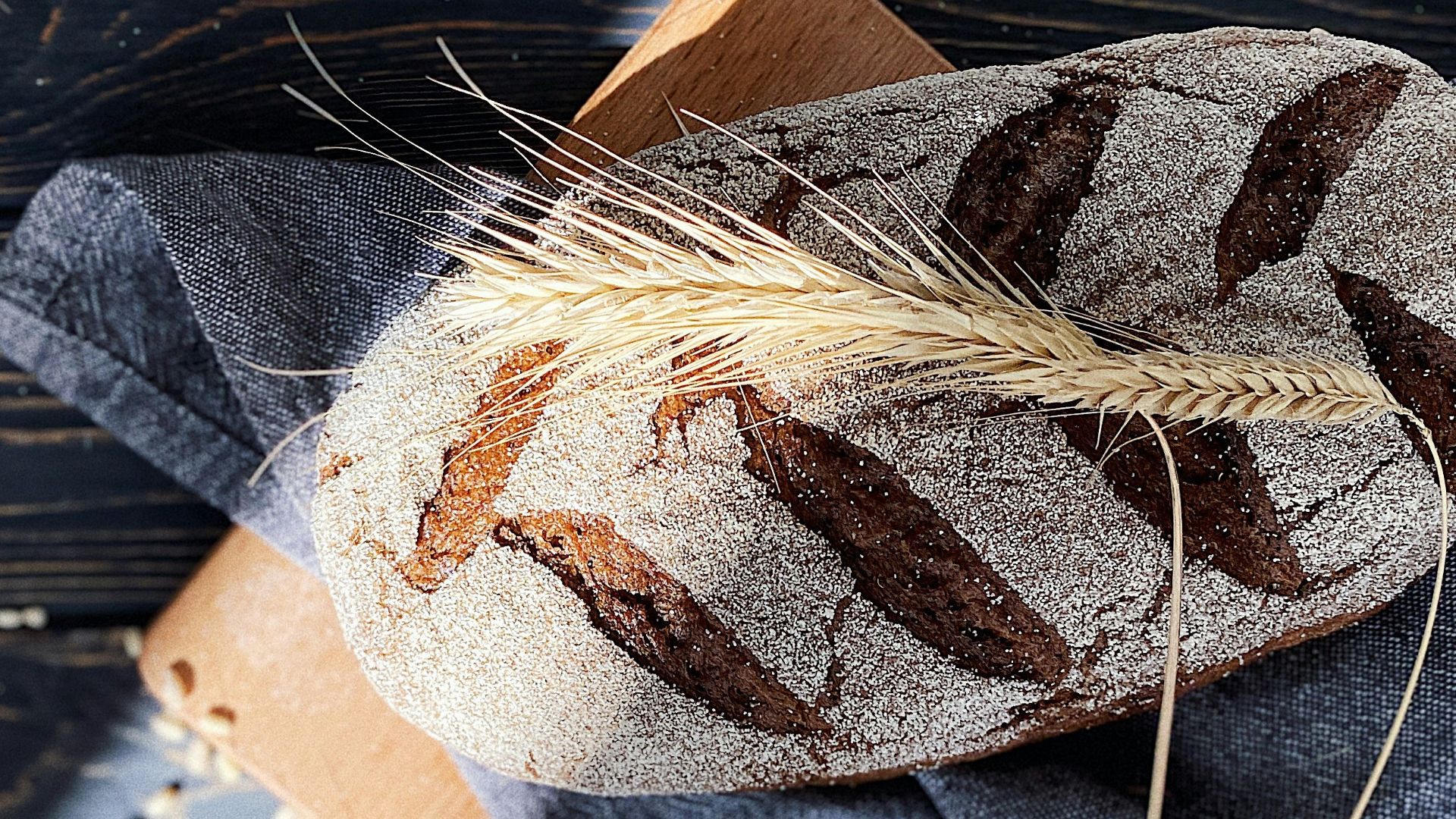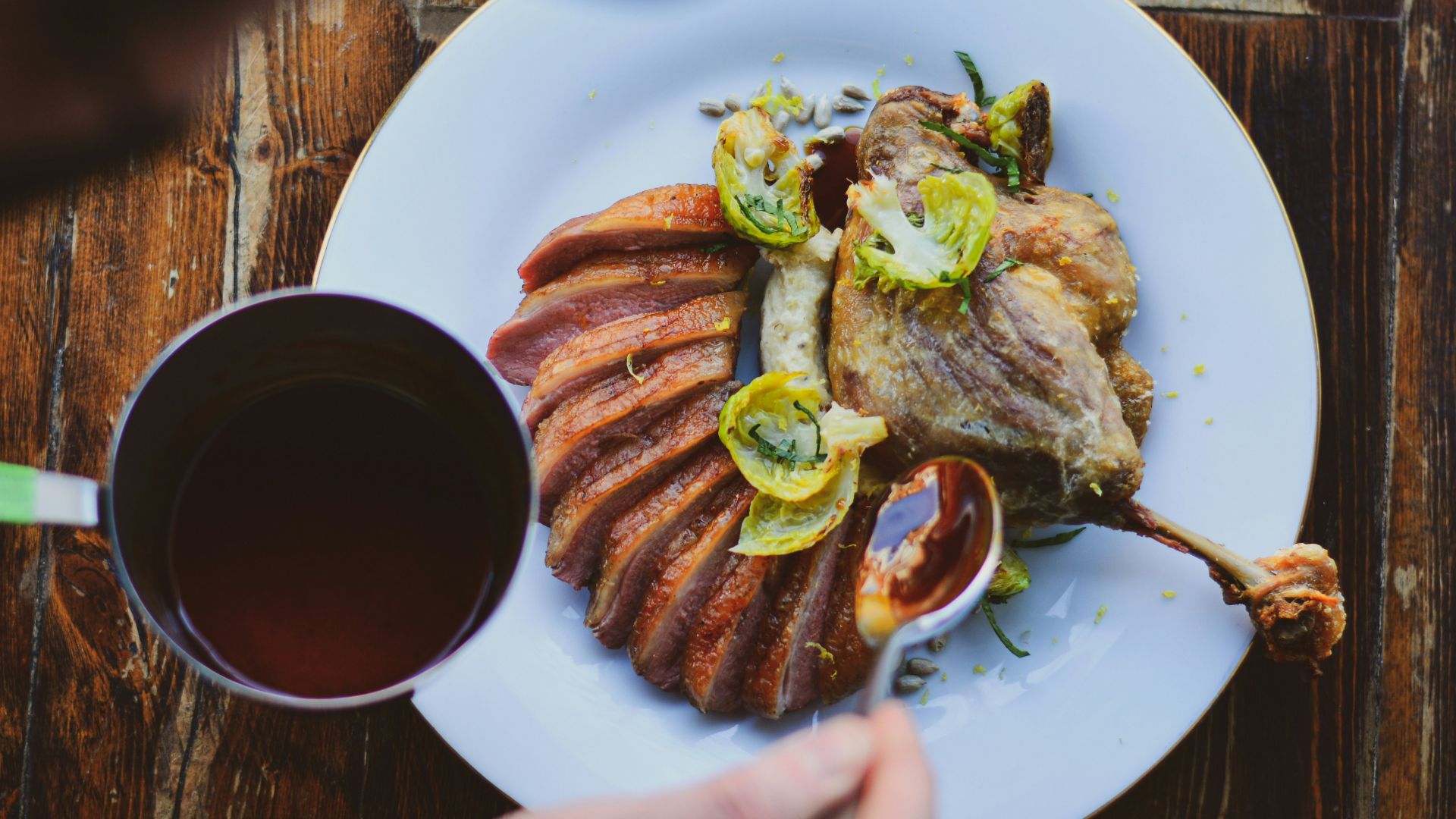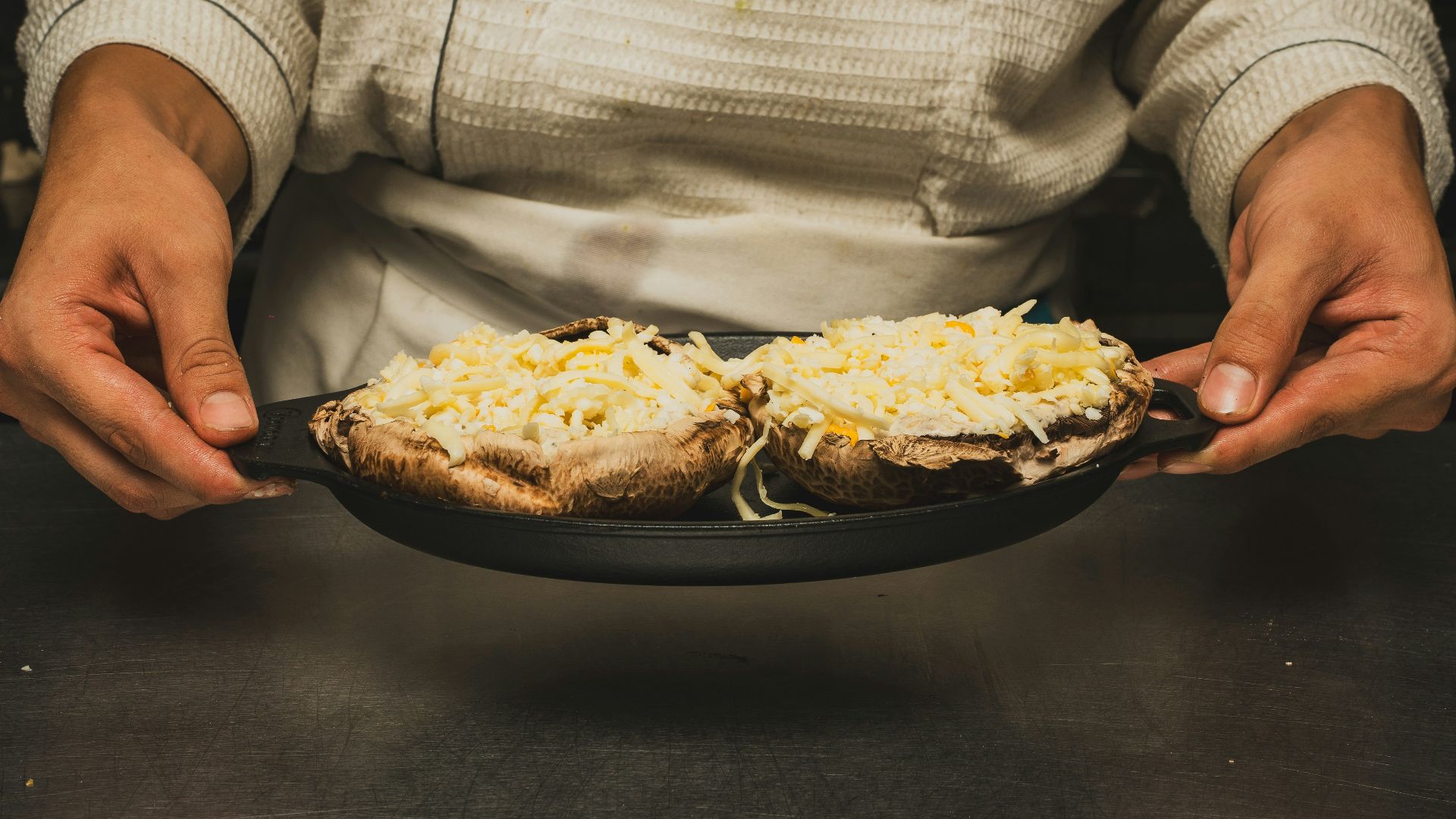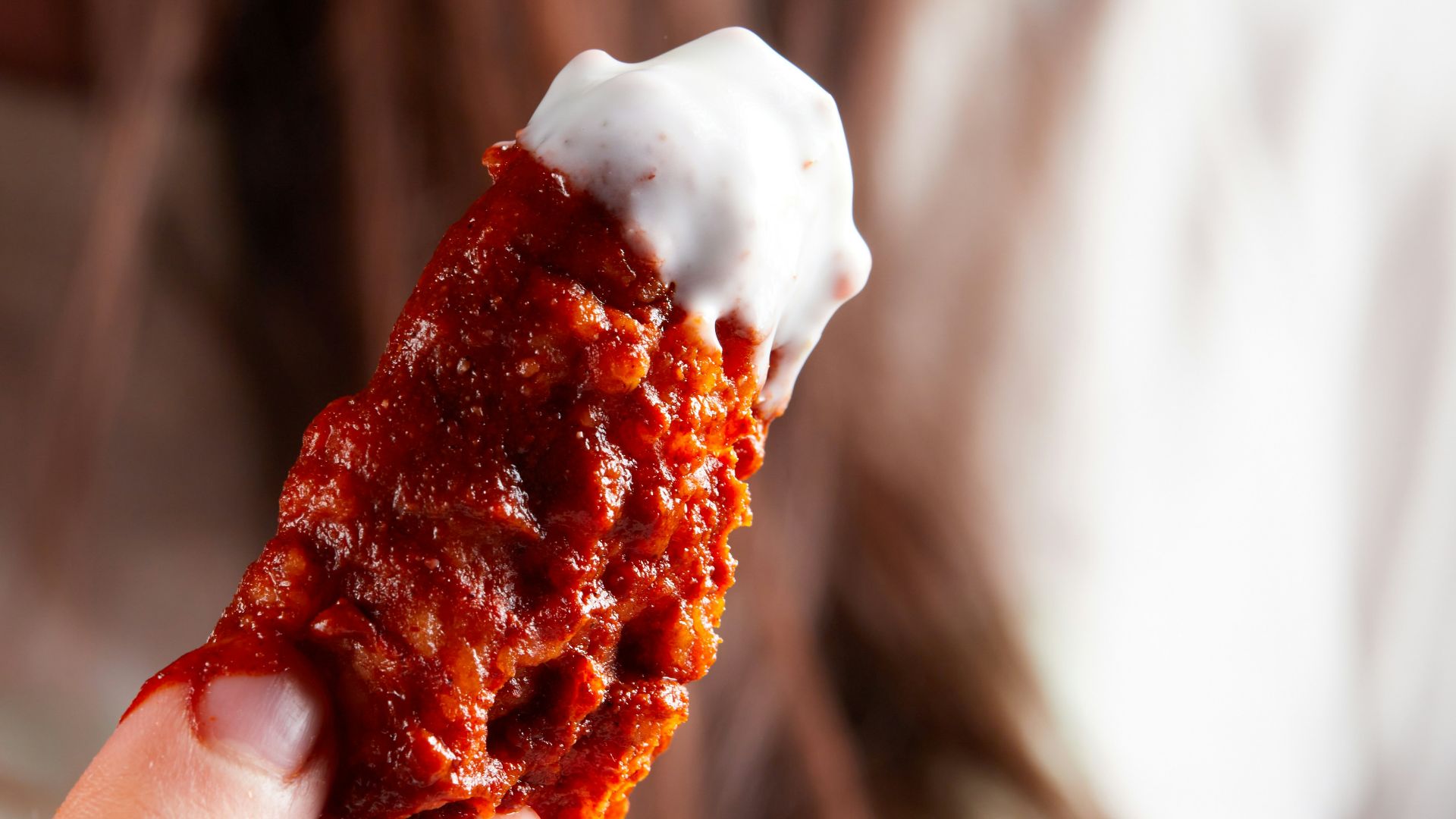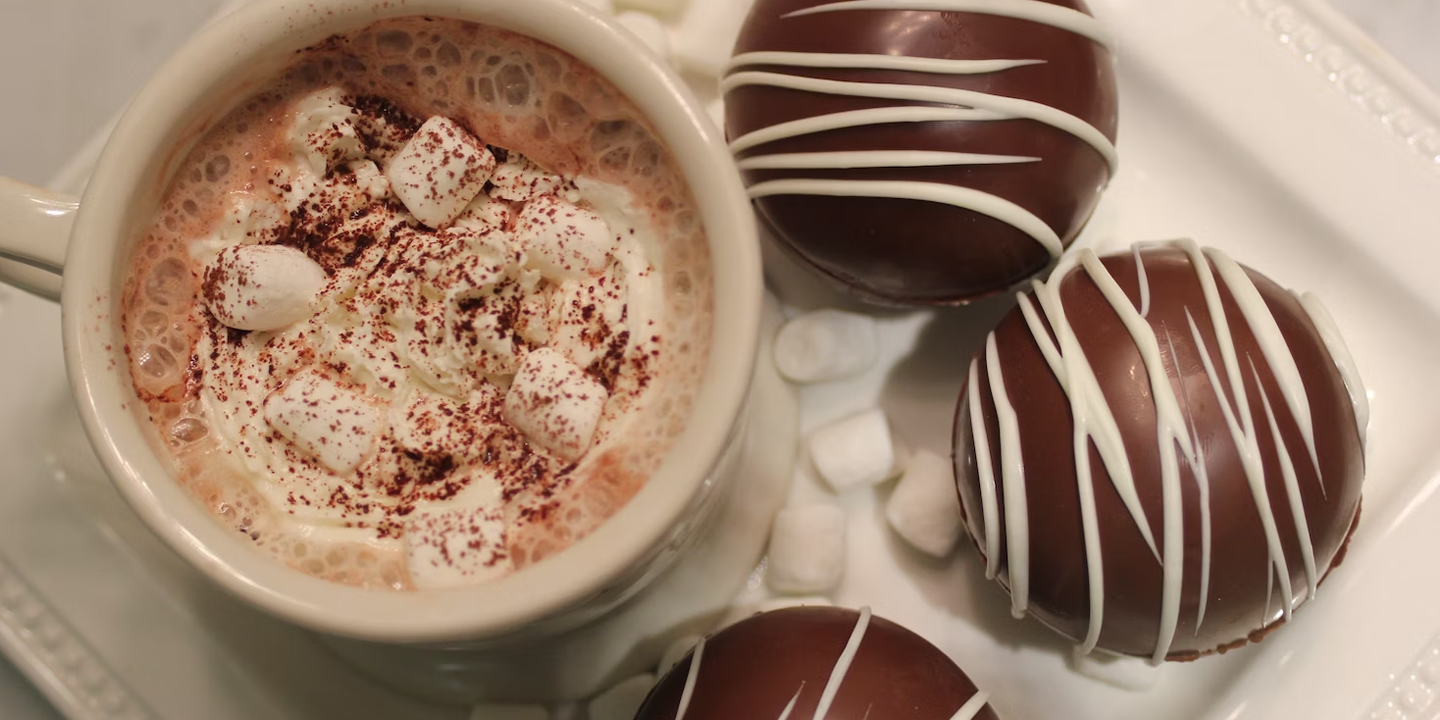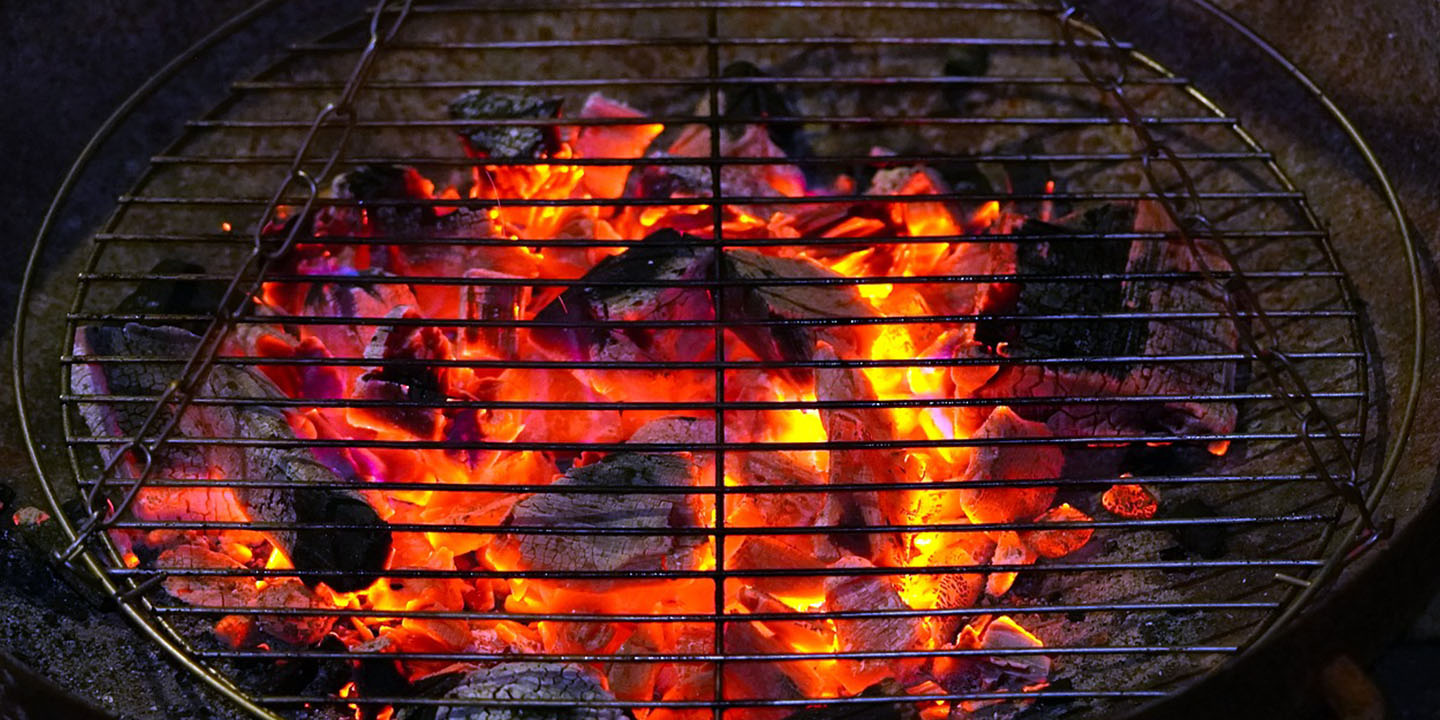How The Dining Tables Have Turned
What do you think of when you hear the words "fine dining"? Escargot glittering in butter? Oysters on the half-shell? Tiny spoons of caviar. What if we told you that many of the foods that we associate with the upper class actually used to be staple foods of the lower classes? Here are 20 foods that have evolved over time.
1. Oysters
The reason why many of the foods on this list went from rags to riches comes down to scarcity: less product means higher prices. Prior to the Industrial Revolution, oysters used to be so plentiful that people could simply toss a bucket into the ocean and fill it with oysters. In the Victorian era, oyster houses were seen as bohemian; by the turn of the 20th century, scarcity made them a delicacy.
2. Quinoa
People have been eating quinoa for more than 3,000 years, the only thing that's changed is who's eating it. Quinoa was never a "poverty food", being a staple of the indigenous people of the Andes, but rich Peruvians saw it that way. In 2006, quinoa first became popular for plant-based Americans, entering a boom and bust cycle.
3. Polenta
Polenta was traditionally eaten by Italian peasant families in the alps because it was heavy and easy to make when meat was scarce. In fact, eating polenta at every meal can lead to a severe vitamin deficiency called pellagra. This didn't stop celebrity chefs from capitalizing on the long cooking time of this dish, lending it prestige for a price.
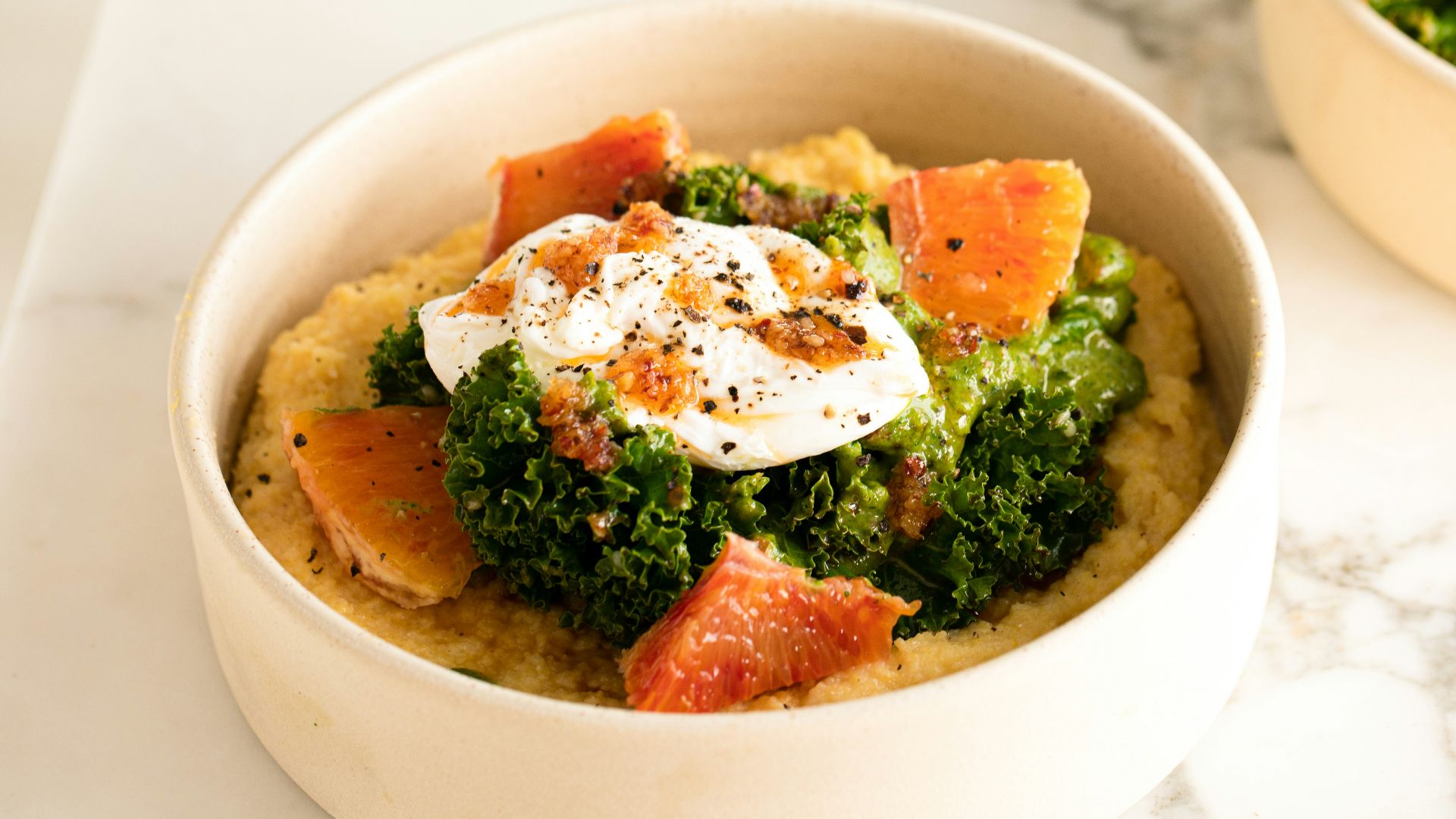 Bakd&Raw by Karolin Baitinger on Unsplash
Bakd&Raw by Karolin Baitinger on Unsplash
4. Escargot
Archaeological evidence points to cave people eating snails, so how did they become one of the fanciest dishes in French cooking. Snails are, admittedly, off-putting and difficult to eat, but once the French cooked them in garlic butter with parsley, they took off in the 1820s. When Julia Child brought French cooking to the masses in 1950s, she also brought snails.
5. Bone Marrow
Bone marrow is a last-ditch survival food, a sign of how desperate someone is to stay alive that they crack open bones and drink from them. And yet, it's served in only the fanciest of restaurants. This shift can partially be ascribed to the late Anthony Bourdain, who described its texture as "butter of the gods".
6. Kale
Kale is a hardy crop that can grow well into winter. For most of the 20th century, kale was used for little more than ornamentation in American cooking; added to brighten up a dish, then discarded. Kale went from ornamental to edible in the 1990s, then exploded onto the scene in the mid-2010s with a hefty price tag.
7. Salmon
Salmon may not be the most expensive food on this list, but fresh salmon is still a pretty fancy weeknight dinner. Up until the 1950s in the UK, salmon was used to feed servants so often that contracts had a clause stating they could only eat salmon once a week. With the combined threats of overfishing and climate change, salmon went from feed servants to feeding their masters.
8. Monkfish
Monkfish is not pretty (though nothing that lives at the bottom of the ocean is), but its liver will set you back a pretty penny. Called the "poor man's lobster" due to its similar taste, monkfish went from rock bottom to the top of the pyramid in the 1980s thanks to none other than Julia Child. Since then the pendulum has swung back around, but who knows, this ugly-delicious fish might be the next influencer craze.
9. Caviar
100 years ago, you used to be able to get a side of caviar with your sandwich. This salty snack made patrons thirsty, which made them order another round of drinks. Then, the Caspian Sea and the lakes and rivers of America began to run out of sturgeon, which hiked up the price until a few ounces will set you back a hundred bucks.
10. Oxtail
Oxtail was once a reject cut of beef that formed the base of stews and soups. Because it offered little meat, wealthy patrons looked past it without a second glance. It was only with the rise of slow-cooking that oxtail became something served in red wine sauce with bone marrow.
11. Sushi
Sushi originated as a way to feed Japanese fisherman by preserving it in fermented rice. Sushi as we know it developed around the 1820s, but was still a quick and cheap meal for the working classes. Sushi then experienced a boom in the West in the 1960s, leading to higher prices with exotic ingredients.
12. Ribs
Like the other meat dishes on this list, ribs don't offer much actual meat. There literally wasn't room for them in the 19th century, when butchers left them out of barrels and sold them for pennies. An increasingly urbanized America led to the massive upcharge in ribs that we see today.
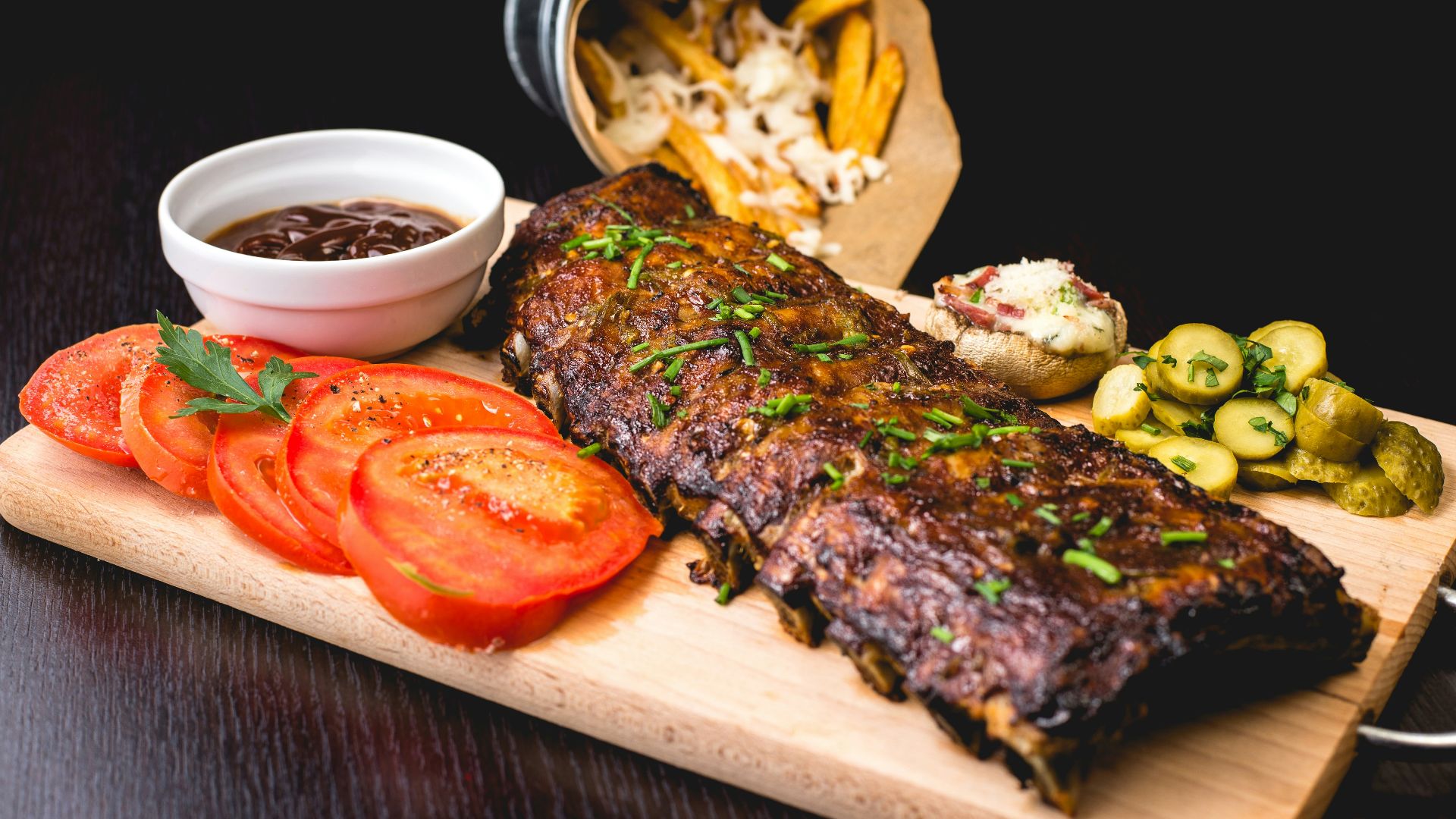 Alexandru-Bogdan Ghita on Unsplash
Alexandru-Bogdan Ghita on Unsplash
13. Truffles
Truffles went from delicacies to dirt-cheap and back again. They graced the highest tables of Ancient Greece and Rome, but their reputation as an aphordisiac made them unpopular with the medieval church. Truffles bounced back during the Renaissance, and it's been uphill (and upcharged) since then.
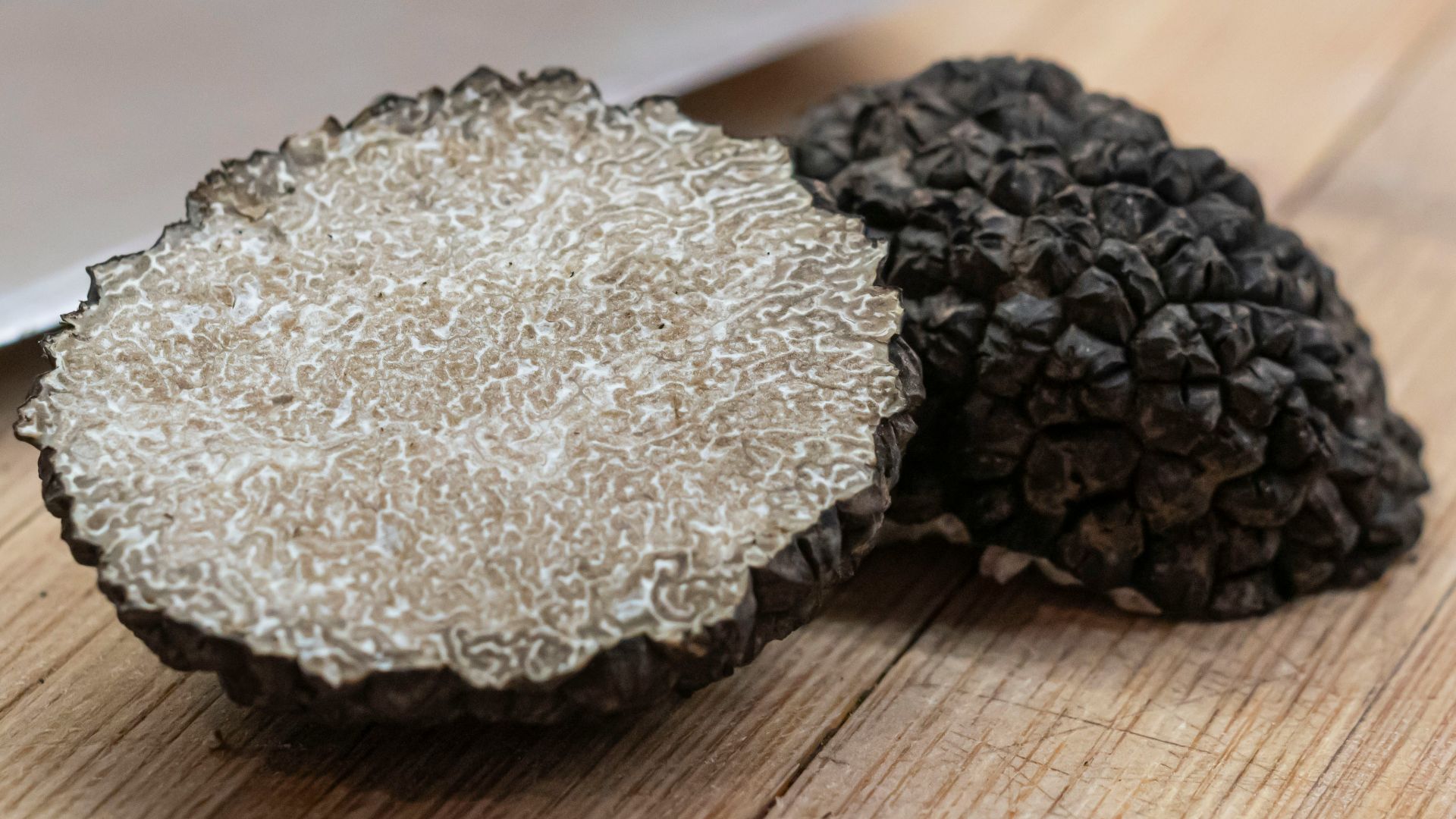 amirali mirhashemian on Unsplash
amirali mirhashemian on Unsplash
14. Brisket
Ah, brisket, first smoked by Jewish immigrants to Texas in the early 1900s. Ashkenazi cooking and Texas cattle turned out to be a match made in heaven, taking what used to be a roadside dish to a slow-cooked status symbol. Sometime after the 1960s, brisket migrated to the rest of the country, where competitive barbecues and the use of premium beef made it more expensive than ever.
15. Octopus
Octopus is more trouble than it's worth, and it's worth an awful lot nowadays. Octopus used to be "trash fish" that fishermen would eat themselves rather than sell, removing the beak and eyes, then thoroughly boiling it to tenderize it. Nowadays, octopus is charred in high-end Mediterranean restaurants and most people wouldn't think of cooking it at home.
16. Lobster
A common myth states that lobster used to food prisoners in colonial America, but it's just that: a myth. American lobsters were plentiful enough to be seen as pests and poverty food, but they were never prison fare. Lobster became popular in tandem with rail travel, allowing them to be served fresh and satisfy inland cravings.
17. Sourdough Bread
How expensive can sourdough bread be if everyone was making it during lockdown? Depends on who you ask. Sourdough predates commercial yeast, using wild fermentation to rise the bread and keep families alive. Today, sourdough is trendy, sold at artisan bakeries with decorative scoring
18. Duck Confit
In pre-industrial rural France, duck legs were preserved in their own fat for pragmatic rather than price reasons. That the meat was tender and flavorful was second to the fact that its storage kept families alive. Due to the rise of French cooking and the decline of everyday duck consumption, duck confit has become synonymous with an expensive night out.
19. Portobello Mushrooms
Portobello mushrooms are really cremini mushrooms left to grow wild, not exactly an auspicious start. Portobellos used to be considered too ugly to eat and were thrown out even when they were perfectly good. With the rise of vegetarian cuisine in the 1980s, portobellos were given a fancy Italian name and became the pricey meat substitute we know today.
20. Chicken Wings
We hate to say it, but wings aren't a great cut of meat, and we totally understand why they used to be thrown away or used for stock. Everything changed in 1964 when the owners of Anchor Bar in Buffalo decided to deep fry chicken wings and tossing them in hot sauce. Since then, a phenomenon known as "wingflation" has taken over, especially during football season.
KEEP ON READING

20 Food-Related Art Projects



